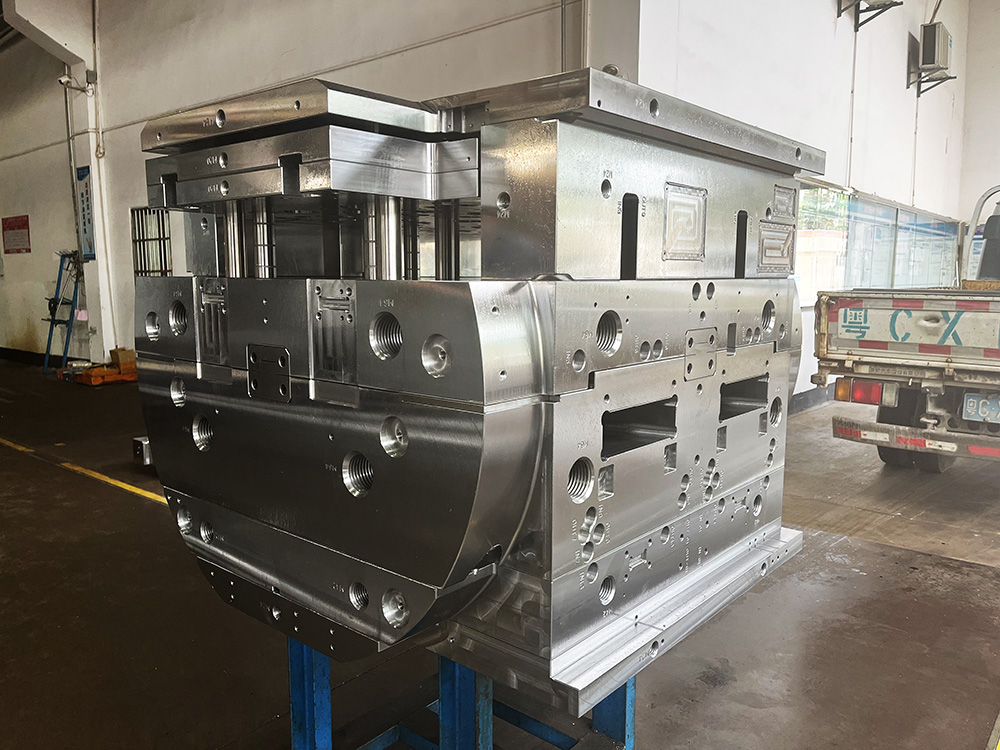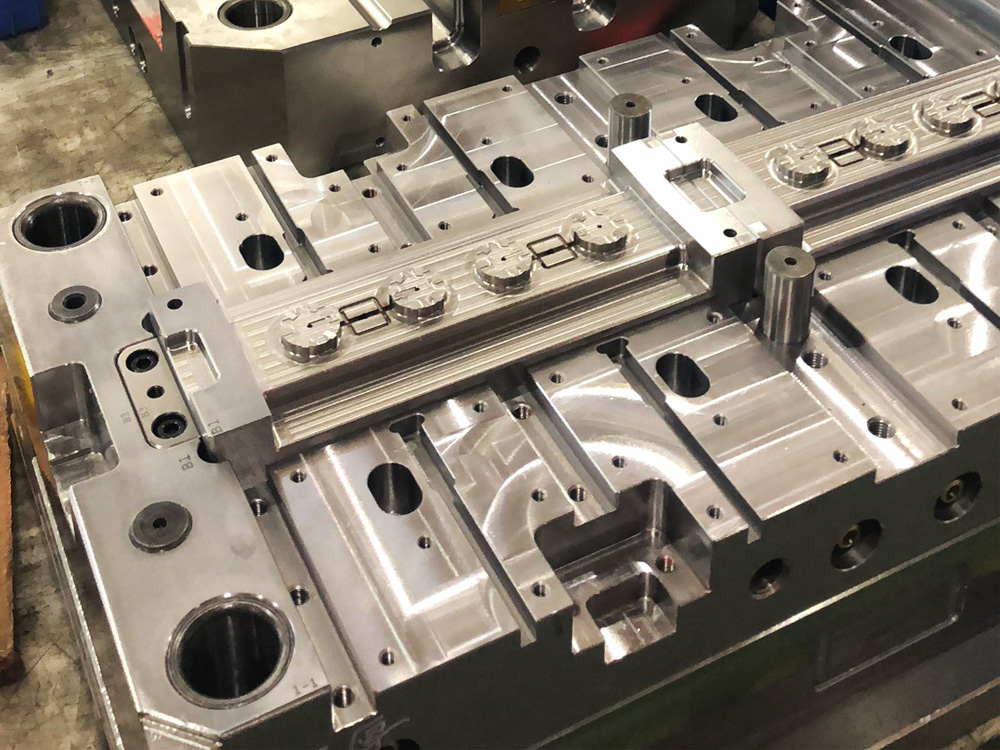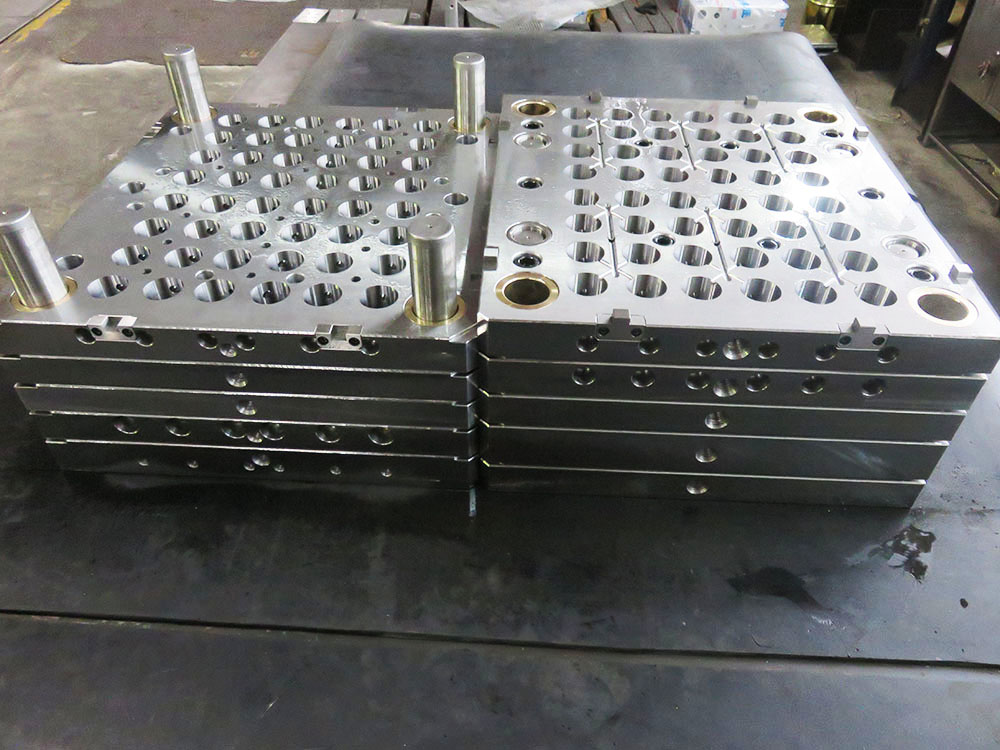How to Place Separated Parts into the Mold Frame in the Mold Base Industry
In the mold base industry, the process of placing separated parts into the mold frame is crucial for ensuring efficient and accurate mold production. This article will provide a step-by-step guide on how to properly place separated parts into the mold frame. Let's dive in!
Step 1: Prepare the Mold Frame
Before placing the separated parts, it is important to ensure that the mold frame is clean and free from any debris or contaminants. Inspect the mold frame for any damage or wear that may affect the placement process. Make necessary repairs or replacements if needed. Additionally, ensure that the mold frame is properly aligned and securely fixed to avoid any movement during the process.
Step 2: Identify and Sort the Separated Parts
Identify the separated parts that need to be placed into the mold frame. Sort them based on their size, shape, and function. This will help in organizing the placement process and ensure all the parts are correctly positioned. Label each part to avoid confusion during the placement process.
Step 3: Positioning the Separated Parts
Start by placing the larger parts into the mold frame. These parts are usually the main components of the mold and require precise positioning. Refer to the design specifications or CAD drawings for accurate placement. Use appropriate tools such as clamps or fixtures to secure the parts in place. Ensure that the parts are aligned correctly to maintain the desired mold geometry.
Once the larger parts are placed, proceed to position the smaller components. These may include inserts, ejector pins, and cooling channels. Pay close attention to their specific placements as they play a critical role in the final mold production. Use precision measuring tools such as calipers or depth gauges to ensure accurate positioning.
Step 4: Check for Proper Fit and Alignment
After placing all the separated parts, check for proper fit and alignment. Make necessary adjustments if any parts are not fitting correctly or are misaligned. This step is vital as it ensures that the mold frame is properly assembled, minimizing any potential issues during the molding process.
Step 5: Secure the Separated Parts
Once all the parts are properly positioned and aligned, secure them in place. This can be done using mechanical fasteners, such as screws or bolts, as specified in the mold design. Ensure that the fasteners are tightened with the appropriate torque to prevent any potential movement or loosening during the molding process.
Step 6: Final Inspection
Before proceeding to the next stages of the mold production process, perform a final inspection of the placed separated parts. Check for any defects, damages, or misalignments. Rectify any issues that are identified to ensure a high-quality mold production.
Conclusion
In the mold base industry, properly placing separated parts into the mold frame is essential for successful mold production. By following the steps outlined in this article, you can ensure efficient and accurate placement, resulting in high-quality molds. Remember to always refer to the design specifications or CAD drawings, and conduct thorough inspections throughout the process to achieve the desired results.




